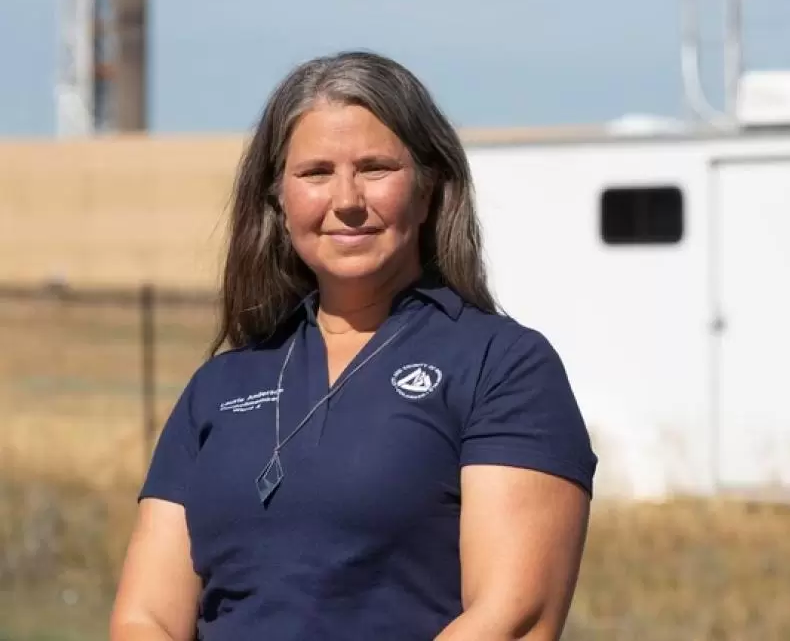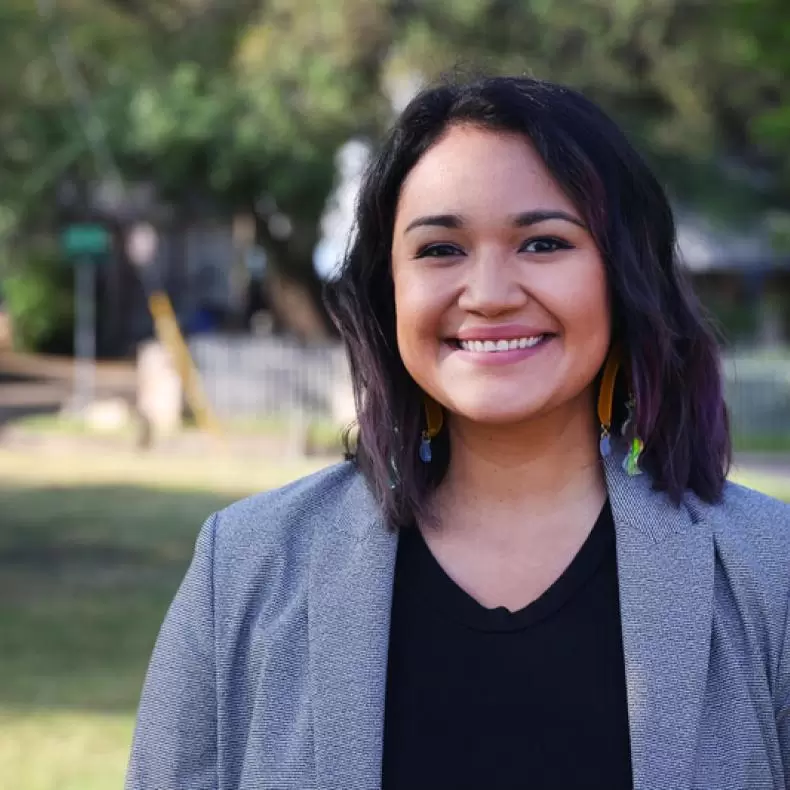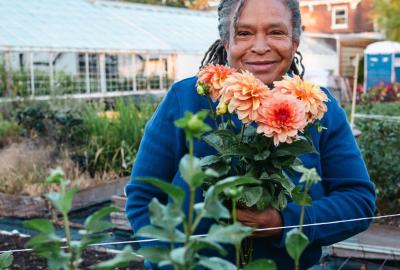5 ways to stop doomscrolling and be a better climate advocate
The sheer scale of climate change can leave us feeling helpless. But there are multiple ways that each of us can make a difference. Start with these tips from climate advocates who decided to get involved.
1. Pick your battle

Start by considering your skill set and the amount of time you have.
Narrow your focus to a specific issue that you feel strongly about (such as environmental justice or clean energy). You’ll be a better advocate if you’re passionate about the cause.
Laurie Anderson is a mother of five and a field coordinator for Environmental Defense Fund affiliate Moms Clean Air Force. “I got involved after I moved to Colorado and discovered that they were proposing a fracking operation less than a half mile from our house,” she says “What started as outrage over what they were doing to my community became a commitment to climate action on the state and national levels.”
2. Collaborate

You’ll punch above your weight — and have more fun — if you’re part of a team. Check out Environmental Defense Fund Action’s advocacy engagement opportunities to connect with people nearby who are fighting for climate action.
Also consider asking friends, family and neighbors to join you.
“Don’t reinvent the wheel if you don’t have to,” says William Sapon, a 2016 EDF Climate Corps fellow who has developed clean energy programs at the federal, state and local levels. “Get guidance from other people and organizations that are interested in your issue.”
3. Set goals
Begin with a clear goal, such as: 'Convince the city council to pass a renewable-energy resolution'. Lay out the steps needed to achieve specific outcomes, such as getting 200 petition signatures, then meeting with council members. Identify community decision-makers, as well as supporters and 'persuadables,' and reach out with messages personalized to each audience.
Develop a thorough understanding of the facts underpinning your position, but lean on storytelling to make your case. For example, your arguments in opposition to a proposed fossil fuel plant may be more effective if you describe its potential effects on a member of your family with chronic asthma.
4. Don’t quit
Failure is often the prelude to success.
After the city council in Laurie Anderson’s town approved a fracking development in a 1 a.m. vote, she persisted and in 2019 Colorado’s governor signed a law requiring oil and gas projects to protect public health, safety and the environment.
“We lost multiple battles but eventually we built momentum,” says Anderson.
5. Start now

Action, say climate activists, is the antidote to helplessness.
“It can be intimidating to speak up,” says Phoebe Romero, who helped to convince officials in Austin, TX, to expand access to affordable solar power for low-income residents.
She now works on environmental justice issues at Microsoft.
“But once you do, knowing that you can use your voice to advocate for change is empowering,” she adds.


